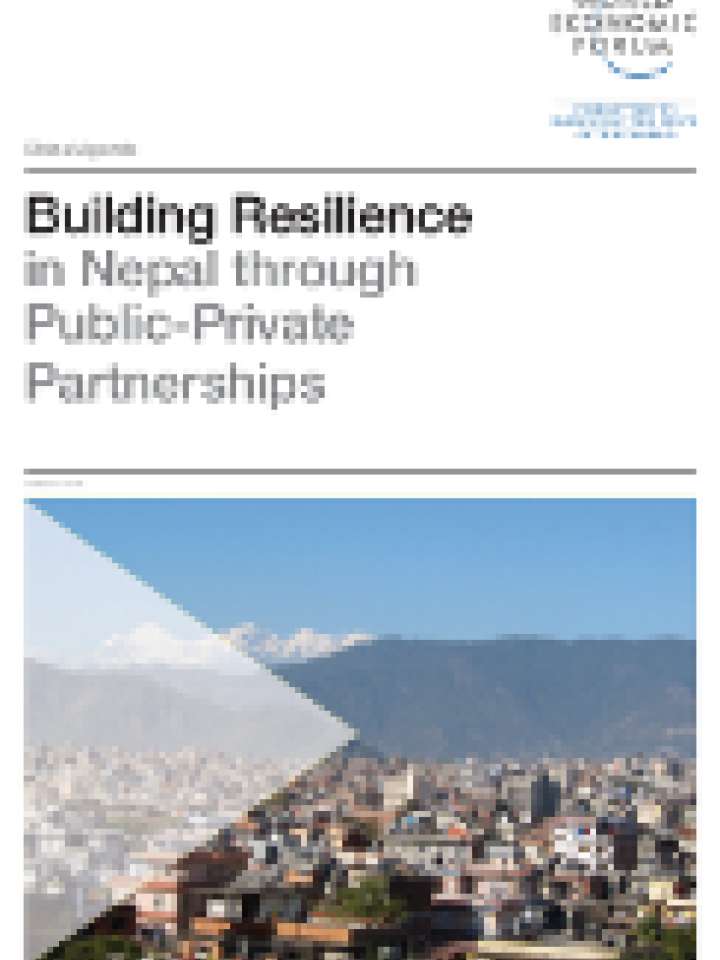Building resilience in Nepal through public-private partnerships
This last use case from the Global Agenda Council on Risk and Resilience highlights tangible examples from Nepal of where multi-stakeholder partnerships between the public and private sectors and civil society organisations made a difference, and where they could be scaled up to be more effective in future.
The report offers the following key observations based on the analysis of the aftermath of the earthquakes that struck Nepal in April and May 2015:
- Resilience is a social and political issue as much as an economic and developmental one. Efforts to “build back better” must also incorporate support for Nepal’s political transition as a foundation for resilience;
- Strengthening pre-established partnerships between the public and private sectors can improve responses to and reduce the impacts of future emergencies;
- Crucial economic sectors, such as tourism and construction, can benefit from public-private cooperation for recovery and reconstruction;
- Implementing and enforcing building codes and focusing on making schools safe should be a high priority in reconstruction efforts;
- Retrofitting to make existing houses more “earthquake-resilient” can save lives and reduce economic losses,and can be done in an affordable way that uses locally available skills and technologies;
- The private sector can offer unique expertise, capability and capacity for the Nepali government’s reconstruction efforts;
- Public-private partnerships and innovative financing arrangements can be crucial parts of reconstruction and building resilience in Nepal.
Explore further
